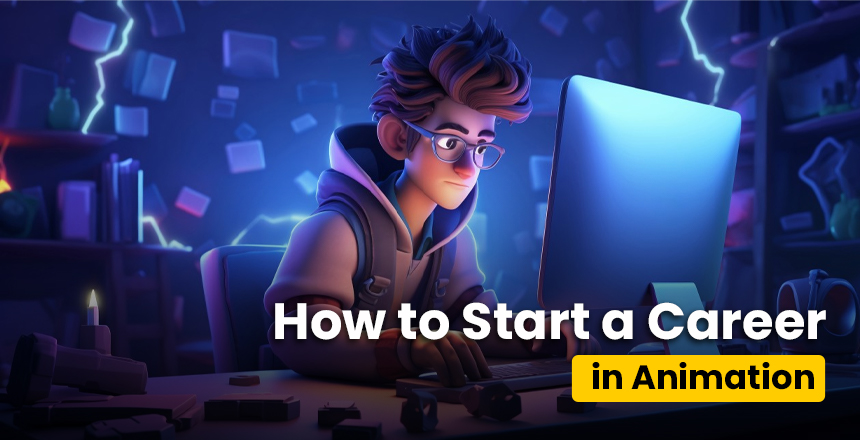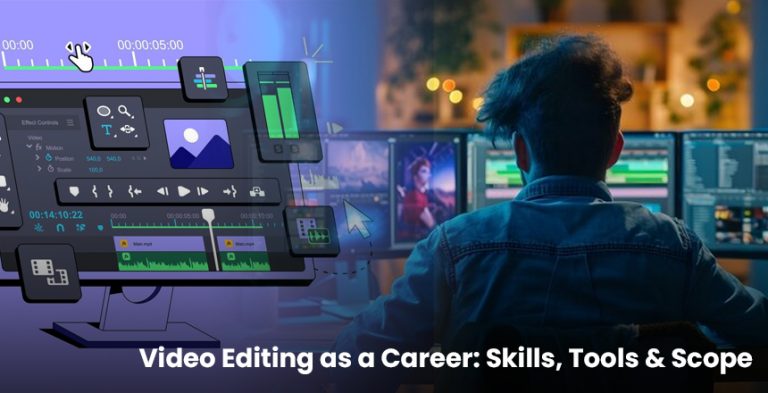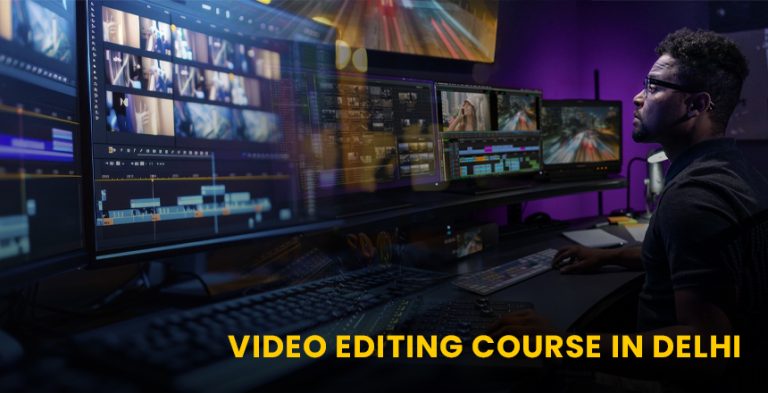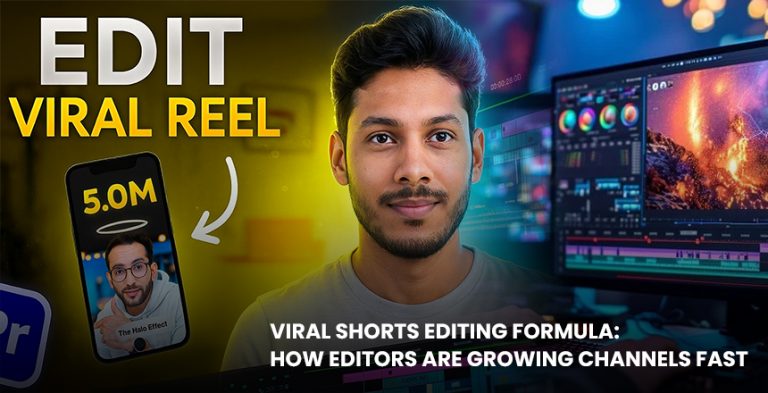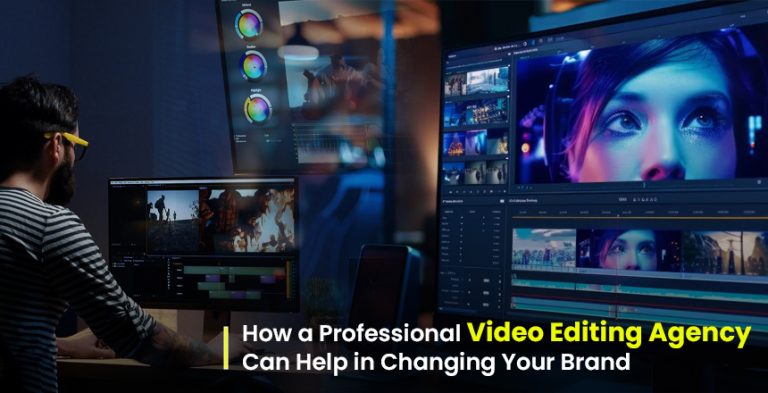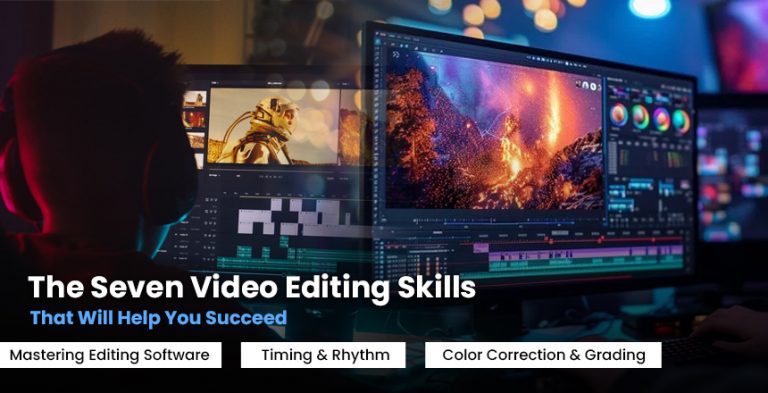Animation has a lot of capacity to communicate stories and entertain and explain the notions within the visual language. However, when one refers to animation, they are most likely talking of two forms of animation: 2D animation and 3D animation. You may be new to the animation world and be confused as to the difference between them and even which one could be suited to your project or career.
Whether you know it as a 2D or a 3D animation, this blog dissects the fundamental distinction between the two and includes what they appear as well as where they are applied.
What Is Two Dimensional Animation?
The older type of animation is 2D. It entails the production of the space of movement into a flat or two-dimensional induction, drawings or illustrations or digital pictures. The images are individually produced, usually by hand, or using a computer, on individual halves of a piece of cellulose or other material, which, when viewed in rapid succession and in sequence, produce the effect of movement, which is traditional animation.
Examples of 2D animation include classic cartoons such as Tom and Jerry, The Simpsons or The Lion King (1994) made by Disney. These days, the vast majority of 2D animation is done with the help of software programs such as Adobe Animate, Toon Boom Harmony, or TVPaint. It has become very popular on television, on the web, in mobile applications, in explainer videos and in social media.
So what is 3D animation?
The phenomenon of 3D animation is the optical illusion of creating the effect of movement in three-dimensional space. Rather than having animators painstakingly draw each frame by hand, the animators construct digital models and they can utilize software to move, rotate, and position their models in a virtual 3-dimensional space. There is also the use of lighting, textures, and camera angle and it can be manipulated to make it seem more realistic and dynamic.
Famous examples of the 3D animation can be provided by movies, such as Toy Story, Frozen, and Avatar. The most widespread software to create a 3D animation is Blender, Autodesk Maya, Cinema 4D, and Houdini. This kind of animation is mostly applied in movies, video games, architectural visualization, simulations, product designing and virtual reality.
Visual Style and realism
The appearance of the two styles is one of the most obvious differences; namely, 2D animation appears very stylized and flat, and it can look like illustrations or comic books. Characters and backgrounds are single-angle and two dimensional. This enables artists greater control over style and exaggeration which is why 2D is comically or expressionally useful.
However, 3D animation is also realistic and deep. It mimics light, shadow, texture, space, and enables more realistic people and scenes. 3D animation has a range of appearances between cartoon and hyper-realistic, depending on its design, and thus can be more immersive and can allow much detail in visual plotting.
Production Process
The mechanism of creation of 2D and 3D animations is totally different. In 2D animation the most common way is to do a so-called storyboard, character design, key frames (main poses and main postures) and finally draw in between frames (so called inbetweens) to achieve the movement. Each frame should be drawn by hand or with the assistance of a computer.
Superior is 3D animation, which is more technical. To begin with, animators develop characters and objects in a three-dimensional space. Then, they wire them up-creating a skeleton of digital muscles, so that the model can move. Individuals who are animating then set poses on the rigged characters, mark keyframes and give the software the freedom to fill in between. Following that are lighting, rendering and texturing, thus the process is longer at the benefit of being more widely applicable.
Cost and Time
Largely, 2D animation is cheaper and faster to render and particularly so in the short-format productions. Given that the animation is flat and usually simplified, it does not require a lot of resources and working with small teams. This is the reason why numerous explainer videos, cartoons, and web animations are still two dimensional.
3D animation requires more time and money. Modeling, rigging, lighting and rendering are all time consuming and the process may need special abilities such as: 3D modelers, animators, texture artists and technical directors. But after creating assets, they may be reapplied with little effort to other projects or scenes thus the 3D will be more efficient in larger productions such as film or games.
Recycling and Adaptation
Communicating the 2D assets is more challenging and may be far more difficult to reuse particularly when they must be in other perspectives or in complicated movement. To depict different interpretations, the animators can be required to design characters, completely.
3D is very re-usable. A model can be animated, moved and reused in other scenes or projects after it is constructed and is never created again. Camera directions can switch in mid-air, and animation of characters requires quite a lot less work. This is why a 3D is ideal when a very big or a consistent project needs to be executed or when a project needs to be done that has a lot of outputs.
Occupation and Vocation
The domain of animation provides a variety of other job positions that are dependent on whether you work in 2D or 3D.
Animation in 2D may involve the following positions:
- Storyboard Artist
- Character Designer
- Layout Artist
- 2D Animator
- Background Painter
Some of the common positions in 3D animation include:
- 3D Modeler
- Rigging Artist
- Texture Artist
- Lighting Artist
- 3D Animator
- Technical Director
The two disciplines also require the services of generalists, individuals capable of working at various levels of production but 3D usually demands greater technical expertise, when it comes to programs, rendering engines, and pipelines.
Areas of Its Use
Such animation in 2D is usually found:
- Cartoons and television programs
- Indie games and mobile games
- Education videos and web series
- Cartoons and moving television commercials
- Social media material and apps interfaces
The 3D animation prevails in:
- Animation pictures and feature films
- Entertainment involving high end video games
- Live-action Visual effects (VFX) in films
- Product and architecture design
- Virtual reality and augmented reality Session
- Training packages and simulators
The distinction between the two is also getting to be erased- and most productions now combine 3D with 2D, to give it depth, and allow 2D its largely stylistic appeal.
Which is Better to Take?
It is a question of what you want to achieve, what you have a passion for and the type of work you would like to be involved in.
Select 2D animation when you love to draw, create a story, and stylize the visual elements. It is excellent when you are just starting, indie artist and when you want a quick turnaround and inventive freedom.
3D animation is the best option when you like technology, visual realism, and interactive media. It is perfect for people interested in film or gaming or immersive media.
Both of the fields promise thrilling opportunities. And a lot of animators teach themselves both, so that you can remain agile in an industry that changes.
Final Thoughts
Both 2D and 3D animation are their own greatly powerful means of letting ideas come to life, but they are extremely different when it comes to how they appear and are developed and also what the uses of those are. Neither one is superior to the other- it is just, what do you want to make and the way you want to share your thoughts.
When you are a novice it is best to experiment with both. Do a couple of 2D layouts. Install the Blender and do a basic 3D project. What is of interest, see which one. After all, the choice of the animation style will make the difference in how you best can tell your story.

